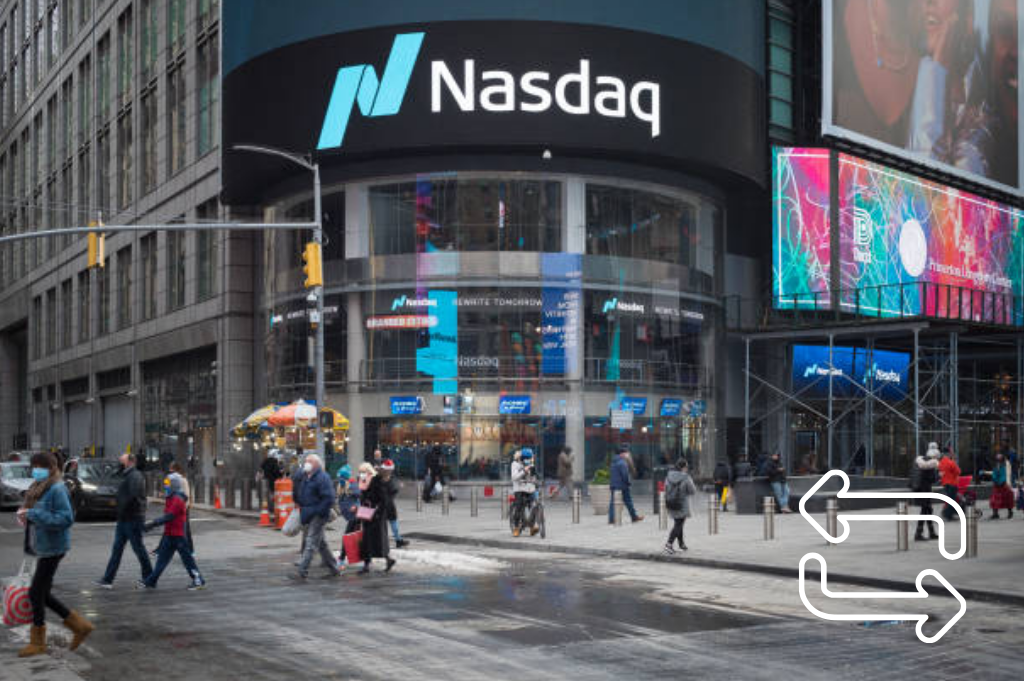Nasdaq, a prominent player in the world of financial markets, has made a significant stride in the realm of technology… and automation. On September 8th, the United States Securities and Exchange Commission (SEC) granted approval for Nasdaq to introduce a groundbreaking innovation—the first-ever exchange AI-driven order type.
This new order type, christened the “dynamic midpoint extended life order” (M-ELO), builds upon the foundation of the existing M-ELO automated order system, taking it a step further by infusing it with the power of artificial intelligence (AI). What truly sets the M-ELO system apart is its dynamic nature, a feature made possible through the integration of AI. Unlike traditional automated order types that rely on fixed parameters, M-ELO leverages real-time reinforcement learning AI to continuously adapt and recalibrate itself as market conditions evolve.
To delve into the specifics, it’s crucial to understand the concept of order types. Order types are essentially sets of software instructions that govern the execution of specific trade pairs at precise market pricing thresholds. While automation in trading has been a staple for some time, Nasdaq’s introduction of AI-driven order types marks a groundbreaking development in this domain.
One of the key advantages of the M-ELO system lies in its ability to adjust the holding periods for orders in real time. This dynamic approach stands in stark contrast to the traditional system, which relies on static timeouts for orders. By leveraging AI to fine-tune order execution in response to real-time market dynamics, Nasdaq aims to achieve a dual objective. First and foremost, it seeks to enhance the efficiency of order fulfillment, ensuring that trades are executed at optimal prices. Secondly, this innovative approach is designed to minimize the impact on the broader market, ensuring that the execution of orders does not unduly disrupt market stability.
In essence, Nasdaq’s approval to deploy the AI-driven M-ELO order type represents a pioneering leap forward in the world of financial markets. By harnessing the power of AI and real-time reinforcement learning, Nasdaq aims to strike a balance between achieving higher fill rates for orders and minimizing the associated market impact. This development underscores the evolving landscape of financial technology, where innovation and automation are driving the next phase of efficiency and precision in trading practices. As the M-ELO system goes live, it sets a compelling precedent for the future of trading in an increasingly digital and interconnected financial world.



